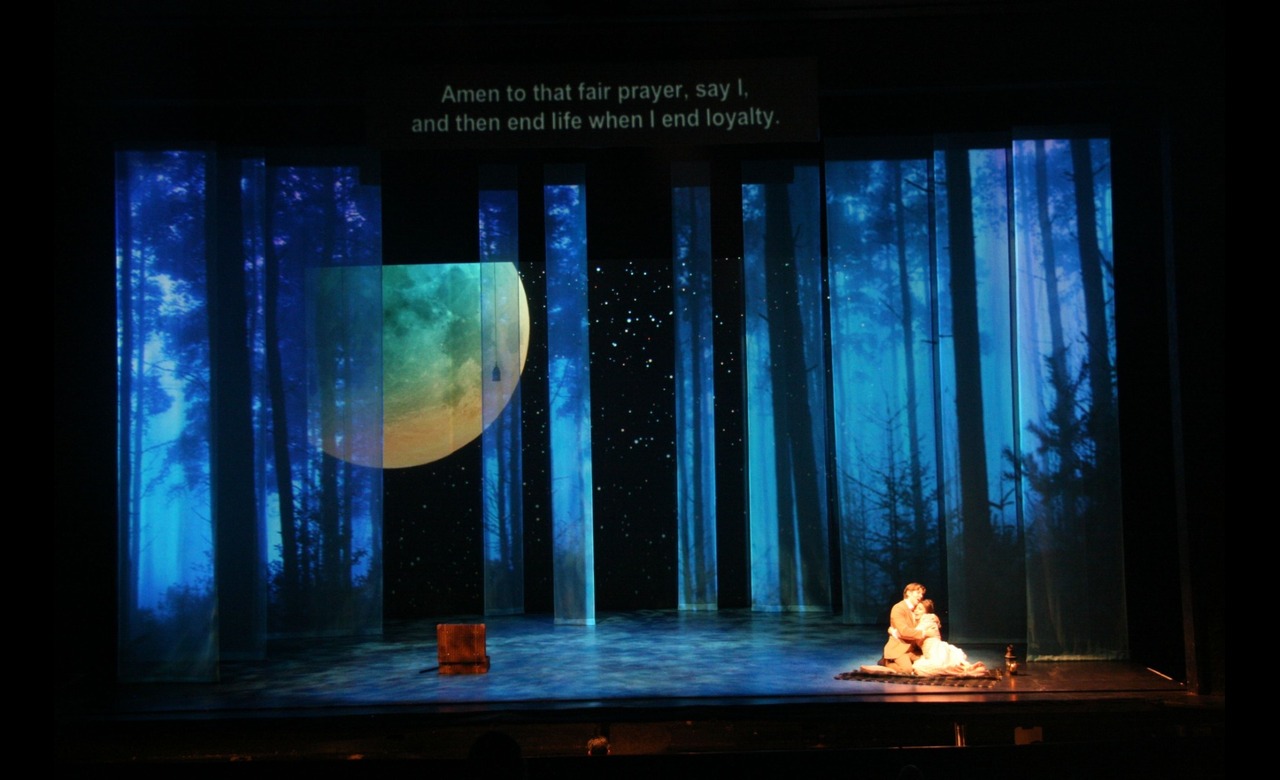Creating Ideal Atmosphere in Theatre Productions
Introduction:
In the world of theatre, creating the ideal atmosphere in theatre productions is essential for transporting audiences into the heart of a story. The ambiance on stage plays a pivotal role in enhancing the overall theatrical experience, captivating the audience’s senses, and immersing them in the narrative. In this guide, we’ll explore the art of crafting stage ambience, providing insights and tips to help theatre productions achieve the perfect atmosphere.
What are the Tips for Perfect Atmosphere in Theatre?
Understanding the Setting:
Before delving into the details of stage ambience, it’s crucial to understand the setting of the production. Whether the play is set in a bustling city, a serene countryside, or a mysterious fantasy realm, the atmosphere should reflect and complement the chosen backdrop. Consider the time period, cultural nuances, and overall mood to guide your decisions in creating a believable and immersive stage environment.
Lighting Magic:
Lighting is a powerful tool for setting the mood on stage. Experiment with different colors, intensities, and angles to evoke specific emotions. Warm hues may create a cozy, intimate atmosphere, while cooler tones can convey tension or mystery. Utilize spotlights, floods, and subtle changes in lighting to highlight key scenes and characters, guiding the audience’s focus and enhancing the overall visual experience.
Enchanting Soundscapes:
Sound design plays a pivotal role in stage ambience. Incorporate carefully selected music, sound effects, and ambient sounds to transport the audience to the world of the play. From the rustling of leaves to the distant hum of city life, every sound should contribute to the overall atmosphere. Ensure that the audio elements complement the mood of each scene, seamlessly blending with the visual and narrative elements.
Set Design as a Storytelling Element:
The stage itself is a canvas for storytelling. Thoughtfully design sets that not only serve practical purposes but also contribute to the atmosphere. Consider the use of props, furniture, and scenic elements to reinforce the mood of each scene. Subtle details in the set design can enhance the authenticity of the environment and captivate the audience’s imagination.
Costume Choices and Characterization:
Costumes are not just clothing; they are an extension of the characters and contribute significantly to the atmosphere. Collaborate with costume designers to ensure that the attire aligns with the time period, culture, and emotions of the characters. Well-designed costumes can transport the audience to different eras and evoke a deeper connection to the story.
Dynamic Movement and Blocking:
The movement of actors on stage is another element that can enhance or detract from the atmosphere. Work closely with the director and choreographer to create dynamic blocking that complements the emotional beats of the play. Thoughtful movement can intensify tension, convey intimacy, or highlight moments of grandeur.
Conclusion:
In conclusion, creating the perfect atmosphere in theatre productions requires a harmonious blend of visual, auditory and narrative elements. However by paying attention to every detail, from lighting and sound to set design and costumes, theatre practitioners can create an immersive experience that resonates with audiences long after the final curtain falls. Remember, the magic of theatre lies in the ability to transport spectators into worlds unknown, and the perfect atmosphere is the key to unlocking that enchantment.





[…] https://kolahal.org/2024/01/23/creating-ideal-atmosphere-in-theatre-productions/ […]
Nice blog here Also your site loads up fast What host are you using Can I get your affiliate link to your host I wish my web site loaded up as quickly as yours lol